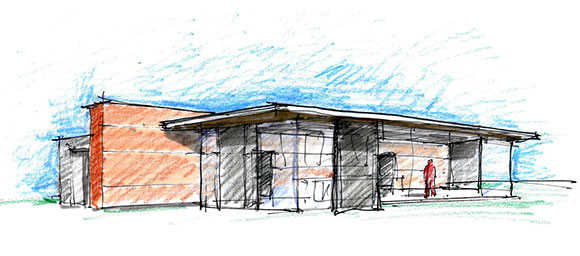#170: STROKES OF GENIUS?
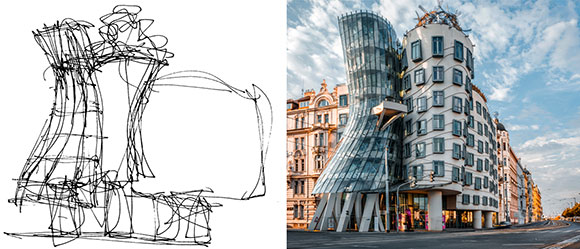
Dancing House, also called “Ginger and Fred (after the dancers Ginger Rogers and Fred Astaire), Prague, Czechia, by Frank Gehry (sketch from ted.com, photo from prague.eu)
There is a fascination with how an architect, in a single first sketch, can capture the entire concept of a proposed project. Is such a sketch evidence of inspired genius blasted onto paper within seconds vs. a mere doodle of no concern vs. smoke-n-mirrors and good salesmanship?
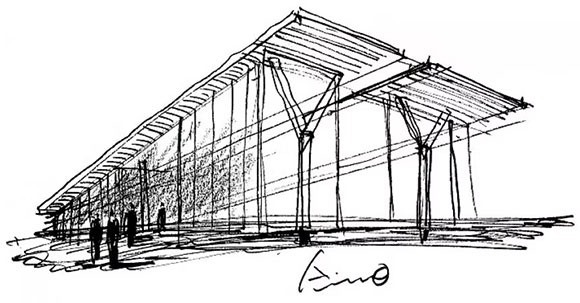

A romantic belief exists that the brilliance of the creator and the entire DNA of a new building can be displayed in a few strokes of artistry. Such a poetic sketch, a simple scribble even, on the back of a cocktail napkin supposedly represents the entire design philosophy of a design to come—a guidebook for the design team and a request for client affirmation.
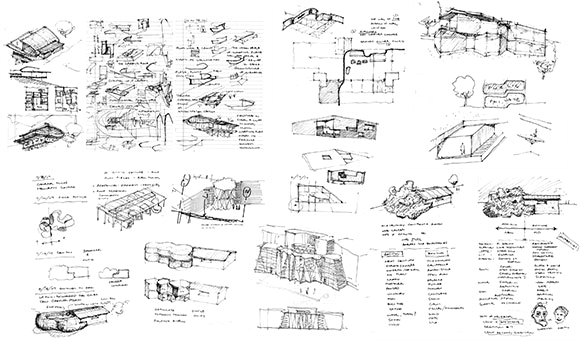
This obsession and even prominence of sketching a concept on a napkin has reached such fanatical heights that ArchDaily features, “Napkin Sketches by Famous Architects,” Architectural Record has their annual, “Cocktail Napkin Sketch Contest,” Architizer invites architects to the “One Drawing Challenge,” and the American Institute of Architects conducts the “AIA Napkin Sketch Auction.”
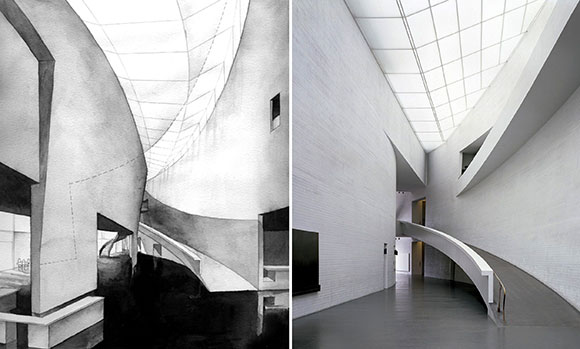
But is it realistic to think that the author’s elemental drawing, as profound and seductive as it might be, can fuel the entire design journey from pen and paper to brick and mortar? Frank Lloyd Wright was rumored to have preconceived in his head the entire design of one of his famed houses. Within a brief moment of time, he could draft the whole thing in front of his attentive audience of apprentices. Architects like Frank Gehry, Tadao Ando, and Steven Holl draw, doodle and sketch (watercolor In Holl’s case) using the scribbling process to find an idea.
In the end, an inspiring concept is indeed captured, and such a sketch becomes the apparent roadmap for the architectural team to develop, and in some cases, to struggle with and reproduce in three-dimensions. In this latter case, is the sketch less a source of inspiration and more a pair of handcuffs? What pains the employees must confront as they try to second guess the boss’ design intentions, as they try to decipher what may be nothing more than a whimsical drawing, as they try to extract answers from an enigmatic gesture.
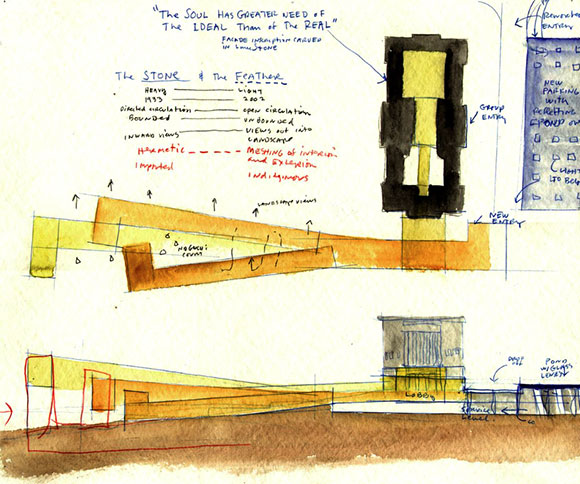
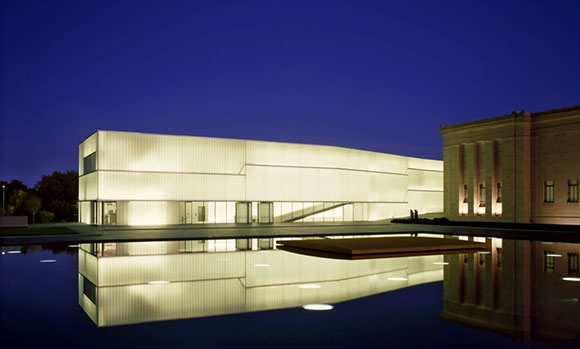
Returning to salesmanship, one architect (not to be named) knew of his prowess with drawing brilliant sketches—sepia fountain pen on yellow translucent paper. He was also aware of how his clients would value such sketches of their projects as art, as fine originals from the artist/architect. But here are the smoke-n-mirrors.
- This architect does not actually create that first sketch in the beginning. Instead, he waits until after the building is completed years later.
- He then takes a photo of the finished project and traces over said photo imitating (cheating actually) the look and feel of an inspirational conceptual sketch.
- Then he predates the sketch back by many years to suggest (deceive actually) that this drawing was the first sketch of his genius process ar the beginning.
- The salesmanship continues with the sketch being framed accompnaied by a blatant lie by the architect, “I never give away any of my original sketches, but this time, I will—just for you.” Of course, these fake sketches are given away all the time.
Hence the hocus pocus.
